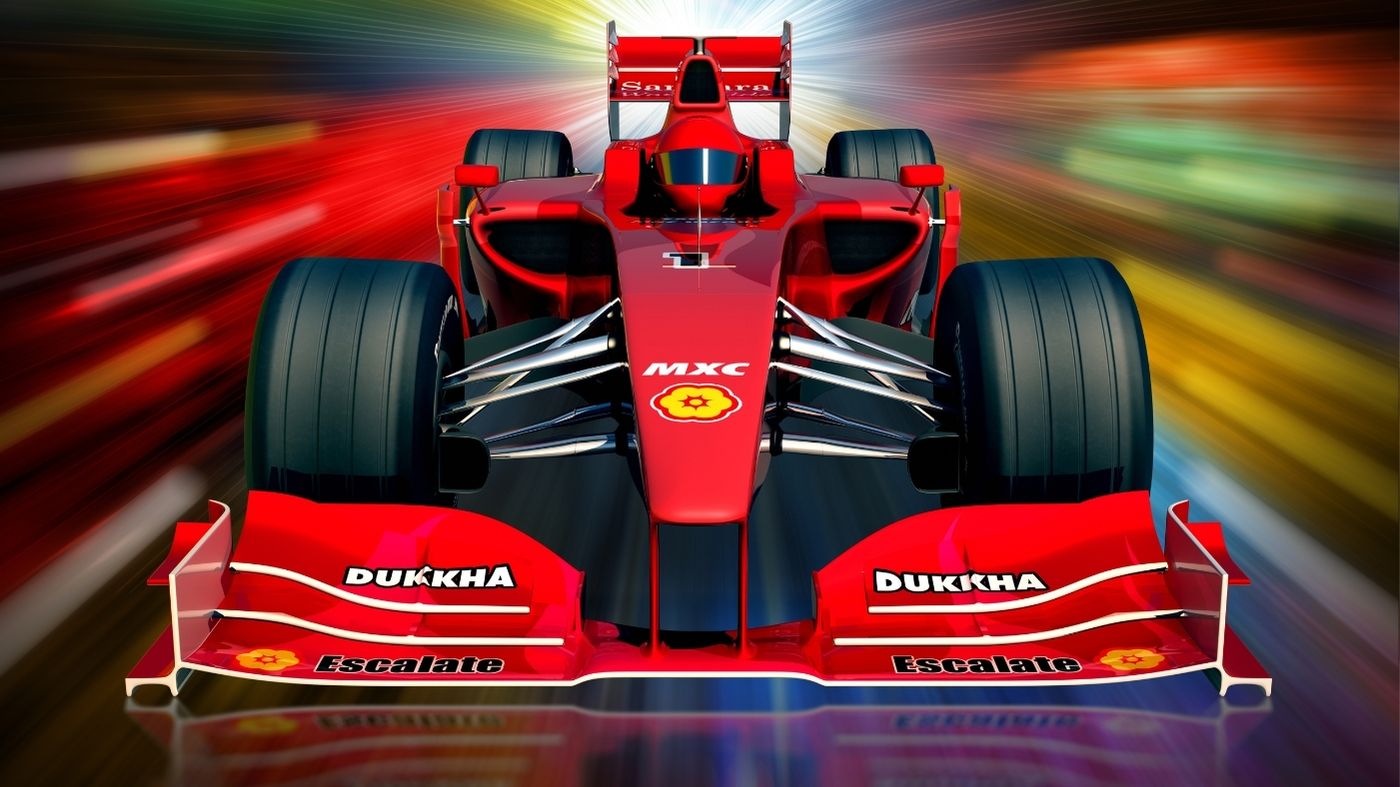Sim Racing Brake Pedal Sensor Tech: Load Cells vs Potentiometers vs Hall Sensors

Intro
When milliseconds matter, your brake pedal isn’t just a tool — it’s a weapon. But not all pedals are created equal. The core difference? The sensor inside. In this blog, we’ll break down sim racing brake pedal sensor technology — from basic potentiometers to high-end load cells — and compare how closely they replicate the braking feel and performance of Formula 1 cars. This is the tech serious sim racers can’t ignore.
For a full comparison between sim pedals and F1 systems, check out our cornerstone blog on sim racing vs F1 sensor technology.
Why Brake Pedal Sensors Matter in Sim Racing
The brake pedal is the most important input for controlling lap time. Inconsistent braking results in missed apexes, lock-ups, and lost races. Your ability to trail brake, modulate pressure, and build muscle memory comes down to what your sensor thinks you’re doing.
Sensor Types in Sim Racing Pedals
Potentiometers
- Measures pedal travel distance, not force
- Found in entry-level pedals
- Inexpensive but less consistent over time due to wear
- Doesn’t reflect how real cars brake — they use pressure, not position
Hall Effect Sensors
- Uses magnetic fields to detect pedal movement
- Non-contact, so it lasts longer than potentiometers
- Slightly better feel, but still doesn’t capture true brake pressure
- Good for throttle/clutch, less ideal for brakes
Load Cells
- Measures pedal pressure, not distance
- Uses strain gauges for accurate force feedback
- Mimics real-world braking systems like those in Formula 1
- Found in high-end pedals (e.g., Heusinkveld, SimTrecs Pro, Meca CUP1)
Realistic Feedback: Load Cells Lead the Pack
Load cells allow sim racers to brake with muscle memory, not guesswork. You push harder to brake more — just like a real race car. This is crucial for:
- Consistency across sessions
- More accurate trail braking
- Learning real racing techniques
Serious sim racers and esports competitors often consider load cells a must-have.
F1 Brake Pedal Systems vs Sim Pedals
Want to see what load cells look like in real racing? Explore our F1 Load Cell Sensor System blog.
Formula 1 cars use ultra-high-precision load cells to measure driver brake input in real time, feeding that data into the brake-by-wire (BBW) system and telemetry software. Sim pedals only emulate this — but load cells come the closest.
Calibration & Software Tuning
Load cell pedals can be calibrated via software:
- Adjust force curves and dead zones
- Customize output for various sims (iRacing, ACC, F1 24)
- Use telemetry tools like MoTeC or SimHub for performance analysis
This level of control mirrors how F1 engineers tweak pedal maps for different tracks or conditions.
Recommended Load Cell Pedals (2025)
- Heusinkveld Sprint/Ultimate+
- SimTrecs Pro Pedal GT (Australia)
- Meca CUP1 Pedals
- Fanatec CSL Elite LC (entry-level load cell option)
Pair these with a solid sim racing rig and direct drive wheel base for a full F1-style sim experience.
FAQs
Q: Is a load cell pedal worth it for sim racing?
A: 100%. You get better brake consistency, realistic feel, and it helps build race-ready muscle memory.
Q: What’s the difference between potentiometer and load cell pedals?
A: Potentiometers measure how far you press the pedal; load cells measure how hard you press. Load cells are far more realistic.
Q: Can I upgrade my pedals to load cell sensors?
A: Some pedal sets offer upgrade kits. If not, consider a new high-end load cell-based set.
Conclusion
Sim racing is no longer just for fun — it’s training for real-world skills. And when it comes to braking, load cell sensor technology makes the difference between casual and competitive. If you want to train like an F1 driver, your brake pedal should feel and function like theirs.
👉 Ready to upgrade your rig with professional-grade sensor technology? Explore our range of load cells and sensor components or get in touch for custom solutions.
Also, don’t miss our full technical breakdown: Sim Racing vs F1 Sensor Technology Guide
